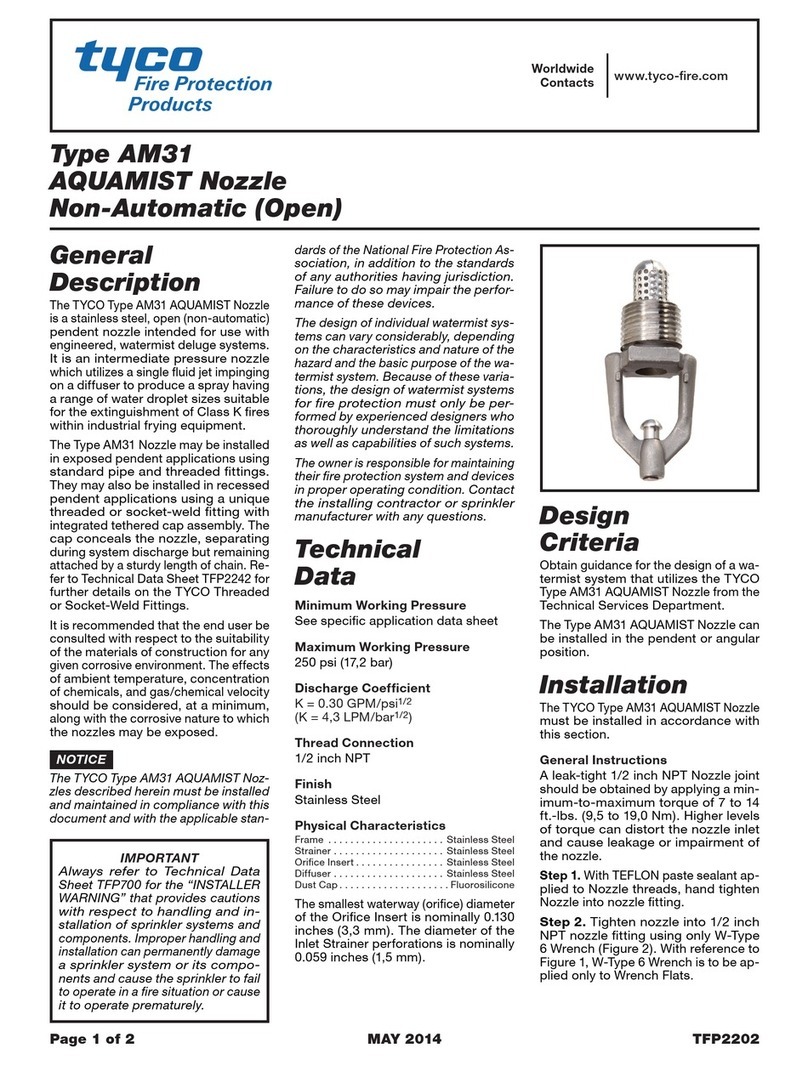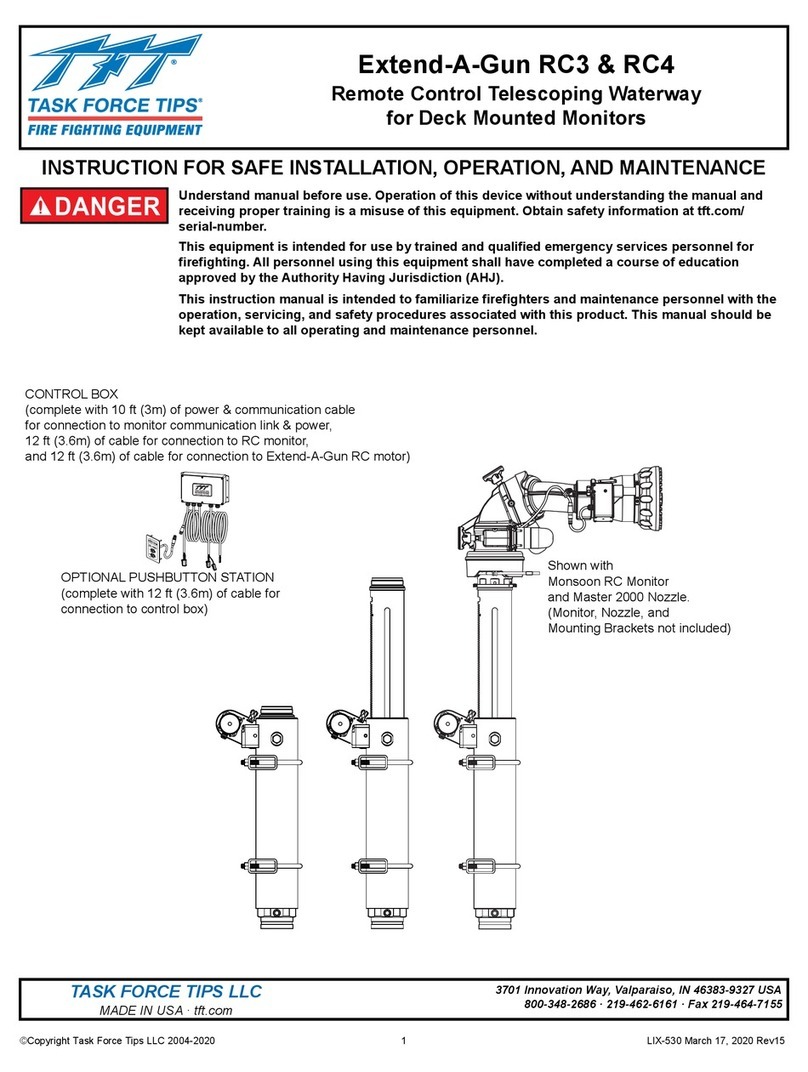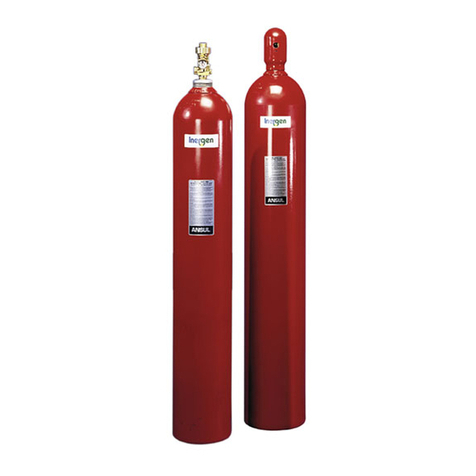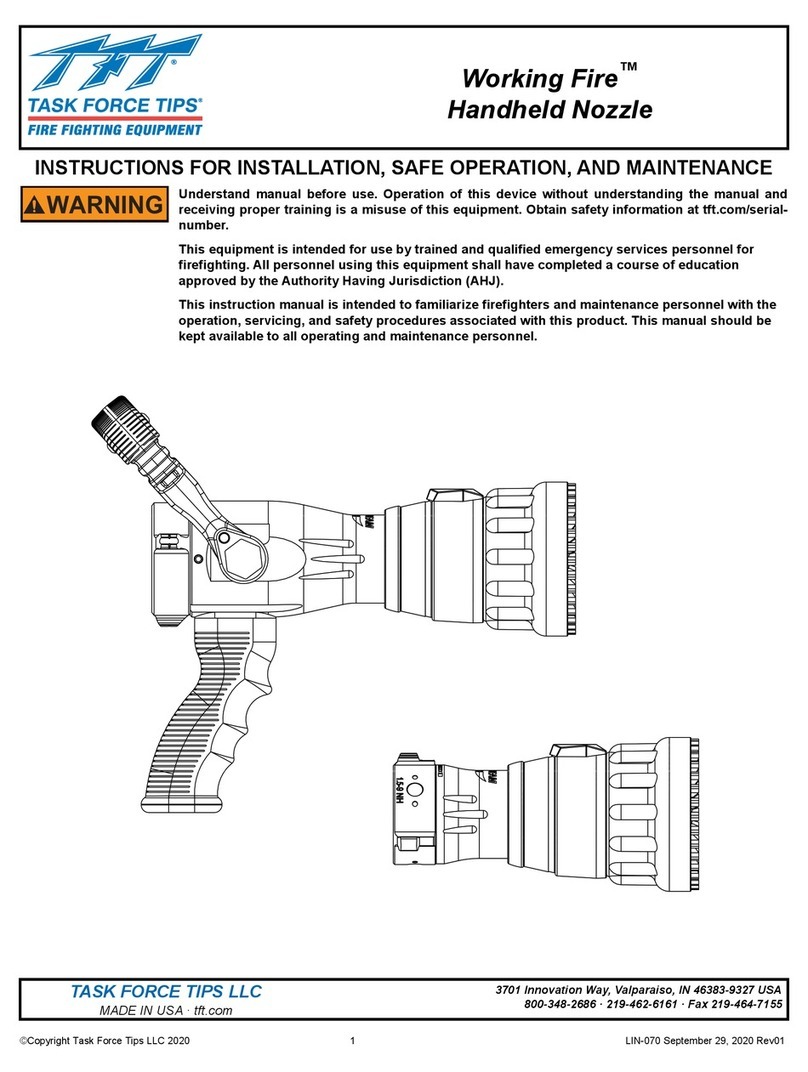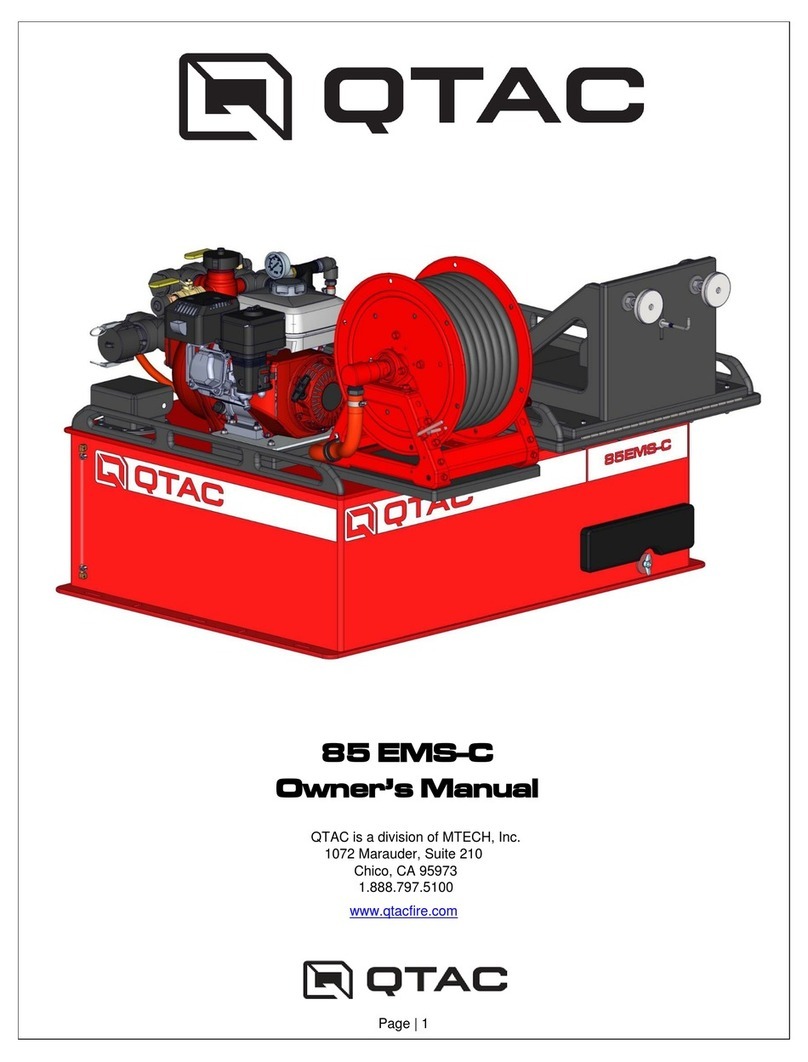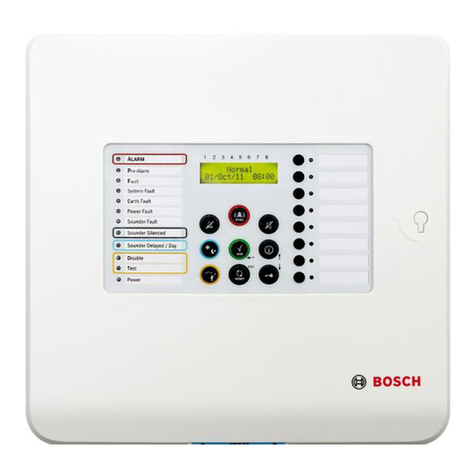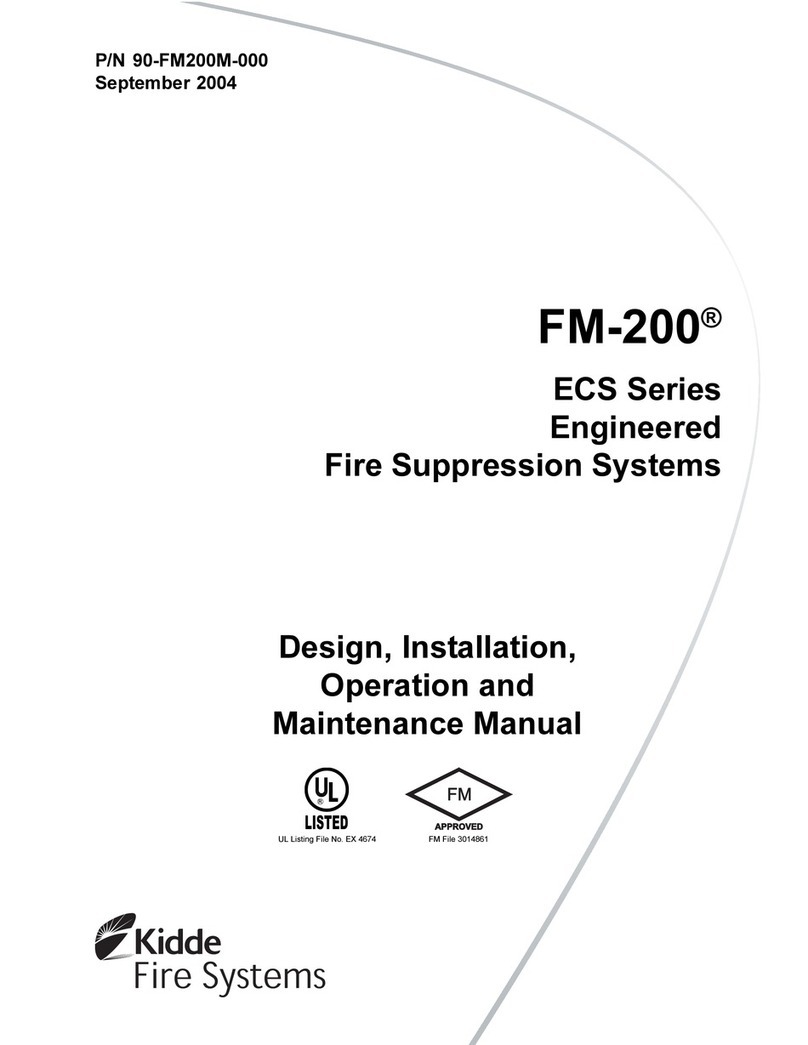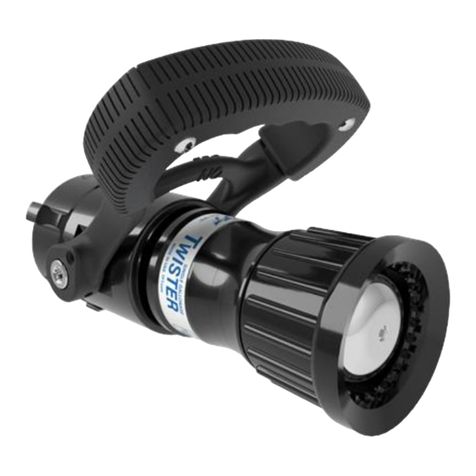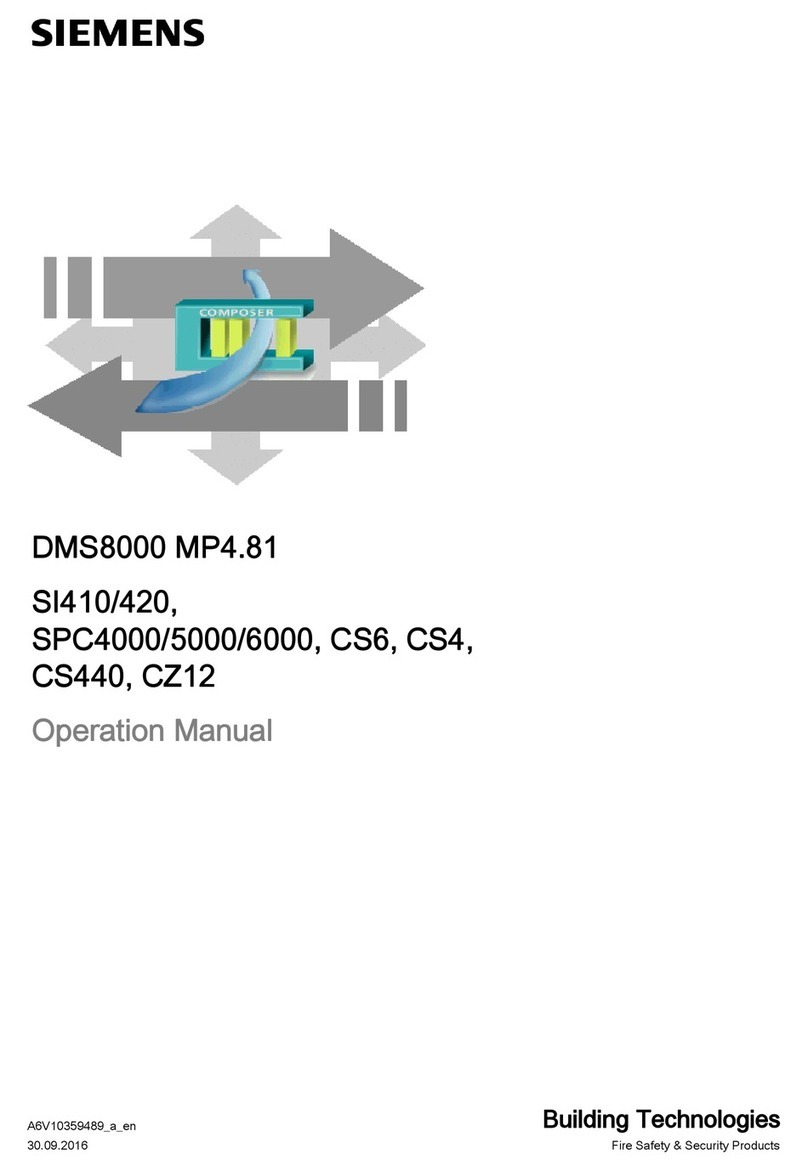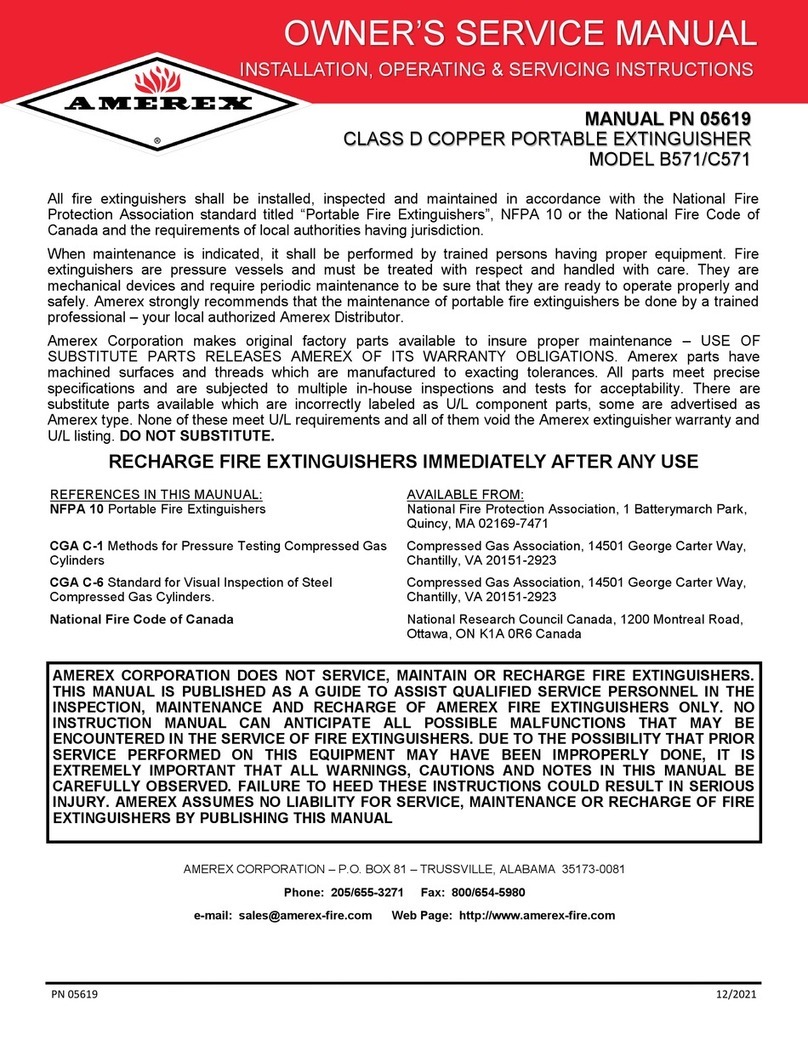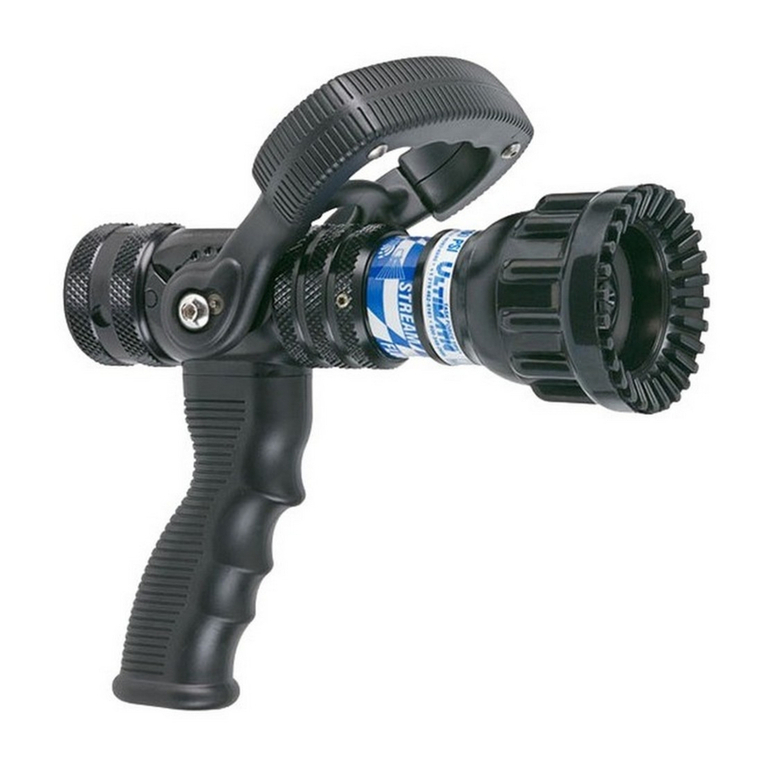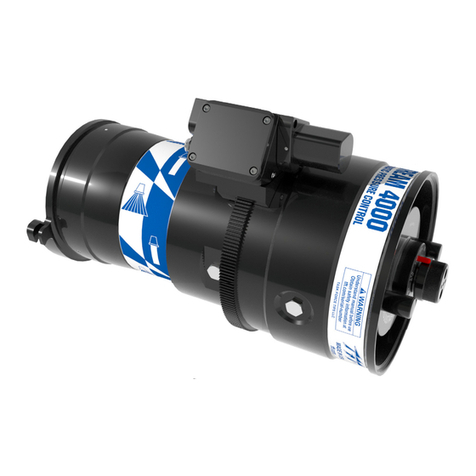
July 2018 viii 06-237518-001
TABLE OF CONTENTS (CONT.)
4-6.1 Location .............................................................................................. 4-6
4-6.1.1 Typical Floor Load ................................................................................. 4-6
4-6.2 Install Diagrams ................................................................................... 4-7
4-6.3 Racking Install Diagrams ....................................................................... 4-7
4-6.3.1 Clamp Racking Layouts.......................................................................... 4-7
4-6.3.2 2 Row Wooden Racking Layouts.............................................................. 4-8
4-6.3.3 Cylinder and Valve Installation Diagrams ................................................. 4-9
4-7 Cylinder Bank Assembly......................................................................... 4-10
4-7.1 Securing Manifold ................................................................................. 4-10
4-7.2 Manifold Safety Device .......................................................................... 4-11
4-7.3 Install Discharge Hoses to Manifold Check Valves ...................................... 4-11
4-7.4 Securing Single-Row Cylinders................................................................ 4-11
4-7.5 Securing Multi-Row Cylinders ................................................................. 4-12
4-7.6 Positioning Cylinders ............................................................................. 4-13
4-7.6.1 Installing Back-Plate Manifold for Selector Valve Systems........................... 4-14
4-7.7 Installing Release Units.......................................................................... 4-15
4-7.7.1 Aligning the Release Unit after Pressurization ........................................... 4-16
4-7.8 Installing Slave Cylinder Gauge Assembly ................................................ 4-16
4-7.9 Installing Pilot Line Non-Return Valve ...................................................... 4-17
4-7.10 Locations for Leak Testing the Valve and Cylinder ..................................... 4-18
4-7.11 Locations for Leak Testing the Release Unit .............................................. 4-18
4-8 Installation of Hoses.............................................................................. 4-19
4-9 Distribution Pipe & Fittings ..................................................................... 4-20
4-9.1 Pipe .................................................................................................... 4-20
4-9.2 Ferrous Piping ...................................................................................... 4-20
4-9.3 Fittings................................................................................................ 4-22
4-9.4 Support of Pipes/Manifolds ..................................................................... 4-22
4-9.4.1 Pipe Spans........................................................................................... 4-22
4-9.4.2 Nozzle Supports.................................................................................... 4-22
4-9.4.3 Support Details..................................................................................... 4-23
4-9.5 Installation of Pipes............................................................................... 4-24
4-9.5.1 Cutting ................................................................................................ 4-24
4-9.5.2 NPT/BSPT – Threading........................................................................... 4-24
4-9.5.3 Grooved Joining.................................................................................... 4-25
4-9.5.4 Installation of Pipes............................................................................... 4-25
4-9.5.5 Threaded Pipe Assemblies ...................................................................... 4-26
4-10 Test of Pipework ................................................................................... 4-26
4-11 Nozzle Installation ................................................................................ 4-26
4-12 Pressure Testing of Pipework .................................................................. 4-27
4-12.1 Precautions .......................................................................................... 4-27
4-12.2 Pressure Testing Using Gas .................................................................... 4-27
4-13 Signs and Labelling ............................................................................... 4-27
4-13.1 Storage Room ...................................................................................... 4-27
4-13.2 Cylinder............................................................................................... 4-28
4-13.3 Selector Valves..................................................................................... 4-28
4-13.4 Protected Enclosure............................................................................... 4-28
4-13.4.1 Access Doors........................................................................................ 4-28
4-13.5 Warning Alarms .................................................................................... 4-28
